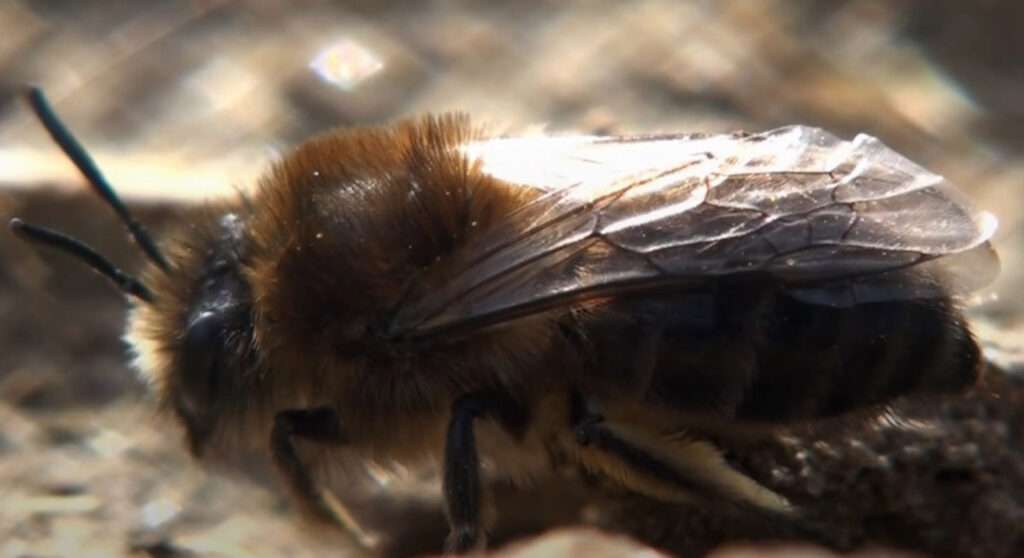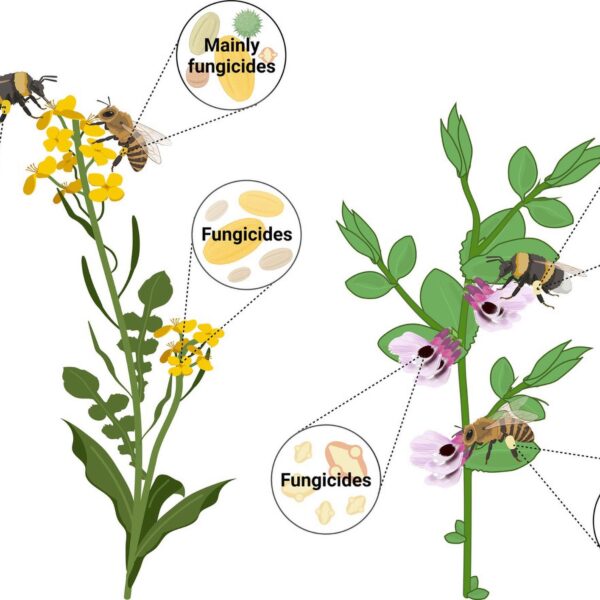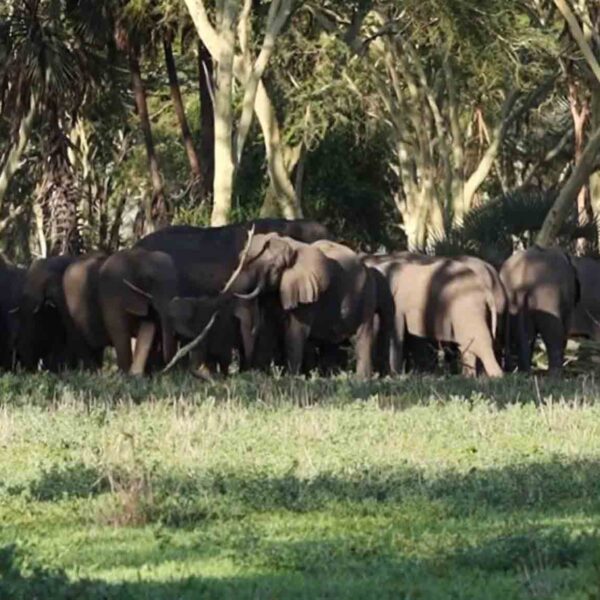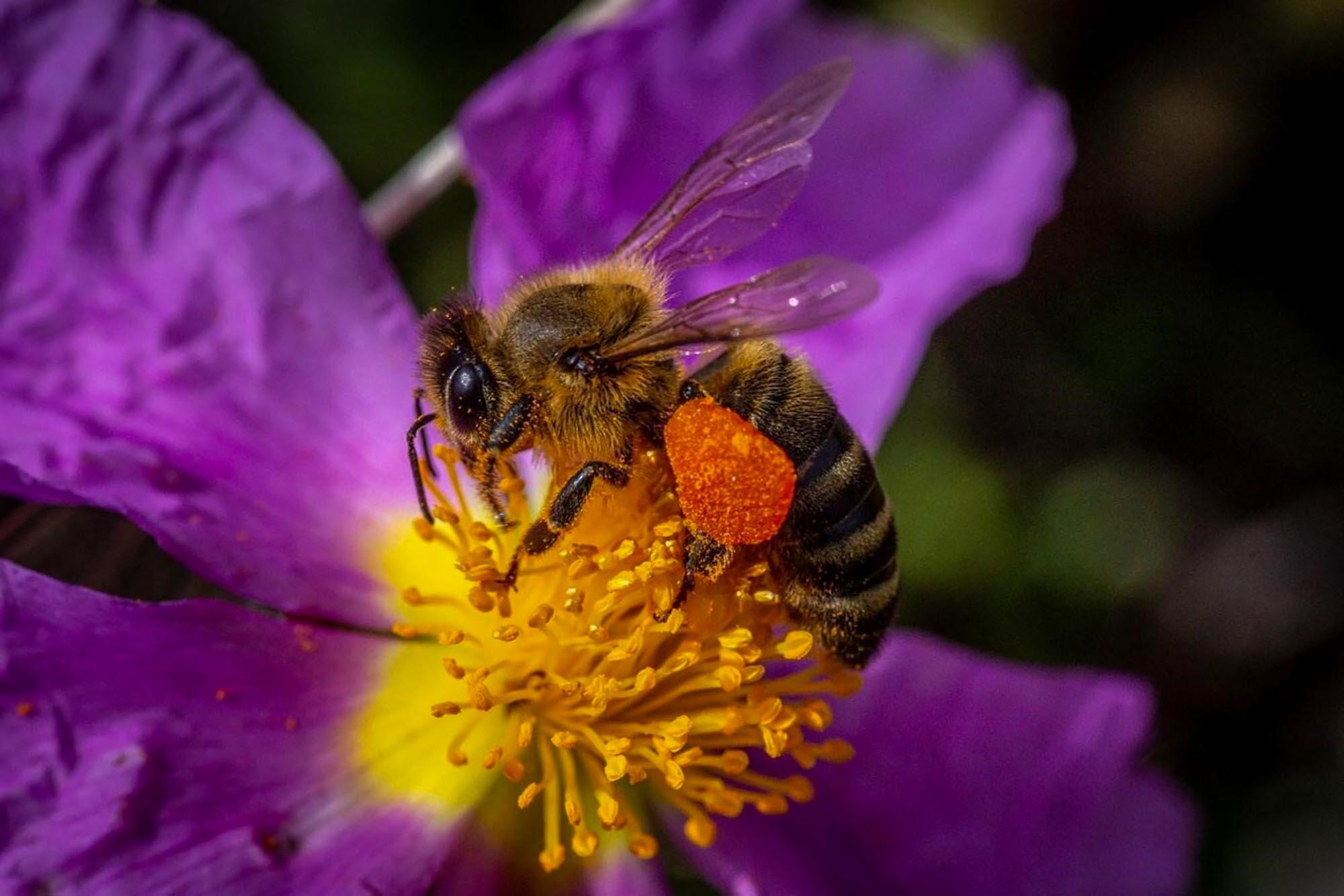A pollinator which likes to nest in playground sandpits has been named the Solitary Bee Of The Year by entomologists in southwestern Germany.
The Natural History Museum Stuttgart’s wild bee committee decided to award the spring mining bee (Colletes cunicularius) to highlight its precarious situation and astonishing habits.
Like all solitary bees, the existence of the spring mining bee is at risk due to the excessive application of herbicides and habitat loss caused by construction projects.
Germany’s Solitary Bee Of The Year prefers to build its nests in low-nutrient, plain meadows and areas of sandy soil. The pollinator – which is often mistaken for the western honeybee (Apis mellifera) – is sometimes considered a threat by nursery teachers and parents attending playgrounds with their children.

The body length of the spring mining bee ranges between 11 and 14 millimetres.
The genus Colletes (plasterer bees) is a large group of ground-nesting bees of the family Colletidae. They occur primarily in the Northern Hemisphere. They tend to be solitary, but sometimes nest close together in aggregations.
The committee’s 2022 Solitary Bee Of The Year was the tansy masked bee (Hylaeus nigritus) which nests in rock crevices and the cracks of concrete walls.
All of Germany’s 550 solitary bee species are listed as protected species by the country’s conservation of nature regulations. Around half of them are currently ‘endangered’ or ‘seriously threatened by extinction.’











